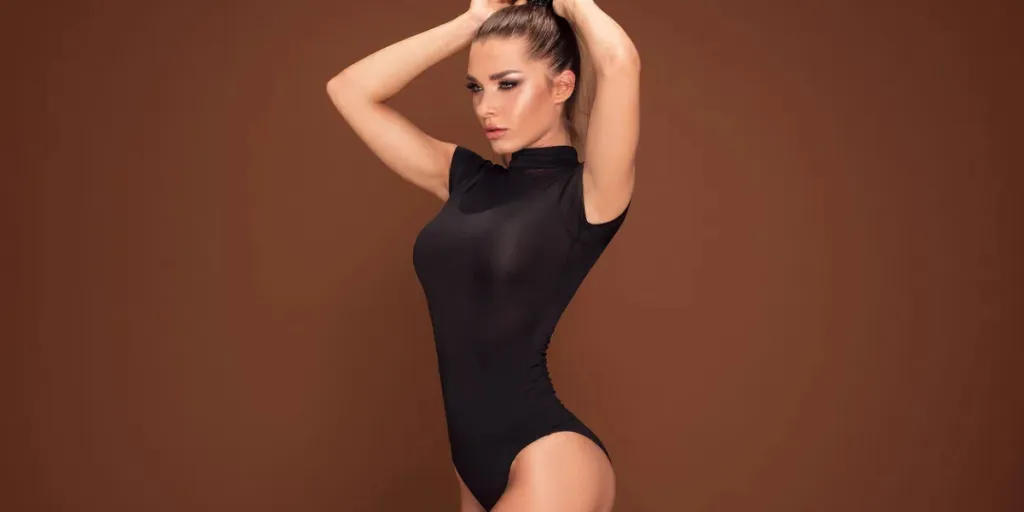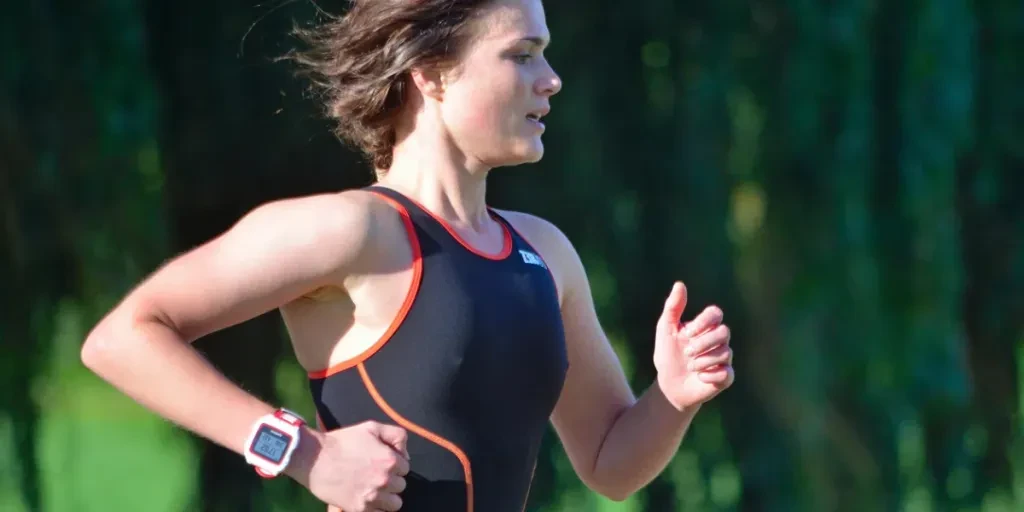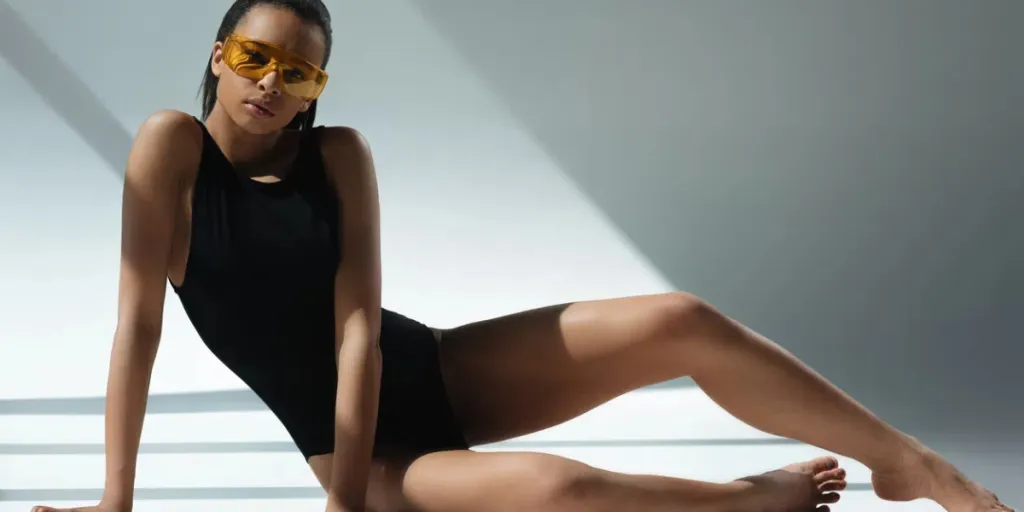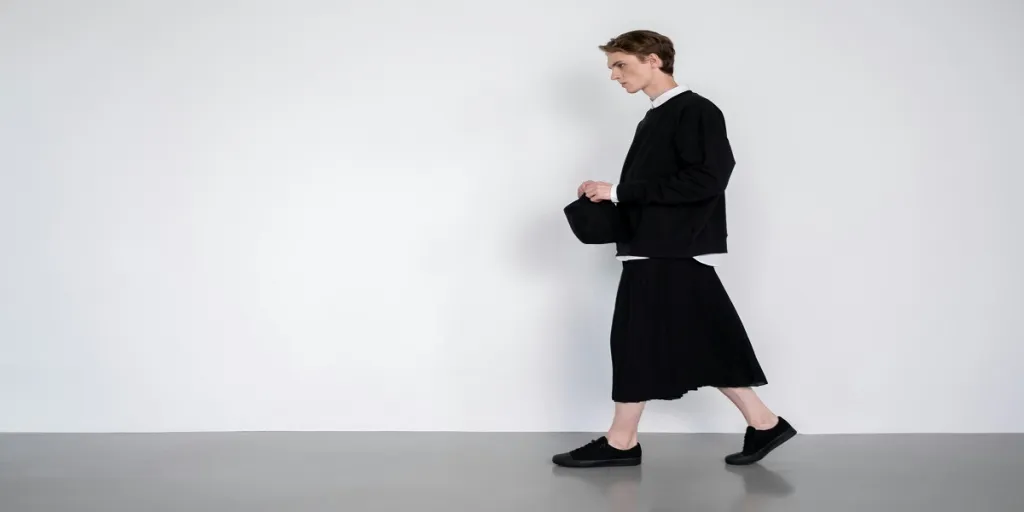Le tute attillate sono emerse come una tendenza rivoluzionaria nel settore dell'abbigliamento e degli accessori, unendo funzionalità ad alte prestazioni con un design all'avanguardia. Questi indumenti attillati sono progettati per migliorare le prestazioni atletiche, rendendoli una scelta popolare tra gli atleti professionisti e gli appassionati di fitness. Mentre la domanda di abbigliamento sportivo ad alte prestazioni continua a crescere, le tute attillate sono destinate a diventare un capo essenziale nel guardaroba di coloro che cercano sia stile che efficienza.
Sommario:
– Panoramica del mercato: la crescente popolarità delle tute
– Materiali e tessuti innovativi nelle tute
– Tessuti ad alte prestazioni per la massima efficienza
– Scelte di materiali sostenibili ed ecocompatibili
– Design e funzionalità all’avanguardia
– Tagli aerodinamici per prestazioni migliorate
– Funzionalità avanzate per comfort e versatilità
– Modelli e colori alla moda
– Modelli popolari nel mercato delle tute
– Le tendenze colore che dominano l’industria delle tute
– Pubblico di destinazione e segmentazione del mercato
– Chi indossa le tute in lattice?
– Segmentazione del mercato: dagli atleti professionisti agli appassionati
Panoramica del mercato: la crescente popolarità delle tute

Il mercato delle tute ha visto un notevole aumento di popolarità negli ultimi anni, spinto dai progressi nella tecnologia dei tessuti e da una crescente enfasi sull'abbigliamento che migliora le prestazioni. Secondo un rapporto di WGSN, si prevede che il mercato globale dell'abbigliamento sportivo ad alte prestazioni crescerà del 128% dal 2018 al 2027, evidenziando la crescente domanda di abbigliamento sportivo innovativo ed efficiente.
Uno dei fattori chiave che contribuiscono all'ascesa delle tute è la loro capacità di fornire un vantaggio competitivo agli atleti. Questi indumenti sono progettati per ridurre la resistenza e migliorare l'aerodinamica, consentendo agli atleti di dare il massimo. L'uso di tessuti ad alte prestazioni, come Lycra e spandex, garantisce una vestibilità aderente che migliora la compressione muscolare e riduce l'affaticamento. Ciò ha reso le tute una scelta popolare tra ciclisti professionisti, nuotatori e triatleti.
Le intuizioni regionali rivelano anche interessanti tendenze nell'adozione delle tute. In Europa, ad esempio, la popolarità delle tute è stata rafforzata dalla forte cultura ciclistica della regione. Paesi come Francia, Italia e Paesi Bassi hanno visto un numero crescente di ciclisti optare per le tute per migliorare le proprie prestazioni in eventi competitivi. Allo stesso modo, in Nord America, l'ascesa del triathlon e degli sport di resistenza ha spinto la domanda di tute tra gli atleti che cercano di ottimizzare le proprie prestazioni.
I principali attori del mercato delle tute includono rinomati marchi di abbigliamento sportivo come Nike, Adidas e Under Armour. Queste aziende hanno investito molto in ricerca e sviluppo per creare tute che offrono prestazioni e comfort superiori. La tecnologia AeroSwift di Nike, ad esempio, incorpora un'ingegneria avanzata dei tessuti per ridurre la resistenza e migliorare la traspirabilità, rendendola una scelta popolare tra gli atleti d'élite. Adidas, d'altro canto, si è concentrata sulla sostenibilità incorporando materiali riciclati nei design delle sue tute, soddisfacendo la crescente domanda di abbigliamento sportivo ecologico.
Le tendenze future nel mercato delle tute indicano un'attenzione continua all'innovazione e alla sostenibilità. Man mano che i consumatori diventano più consapevoli del loro impatto ambientale, è probabile che i marchi investano in materiali e processi di produzione sostenibili. Secondo un rapporto di WGSN, si prevede che l'uso di tessuti riciclati e tinture ecologiche diventerà una pratica standard nel settore dell'abbigliamento sportivo entro il 2025. Inoltre, i progressi nella tecnologia dei tessuti, come lo sviluppo di tessuti intelligenti in grado di monitorare i dati biometrici, sono destinati a rivoluzionare il mercato delle tute, offrendo agli atleti informazioni in tempo reale sulle loro prestazioni.
Materiali e tessuti innovativi nelle tute

Tessuti ad alte prestazioni per la massima efficienza
L'evoluzione delle tute è stata notevolmente influenzata dallo sviluppo di tessuti ad alte prestazioni. Questi materiali sono progettati per migliorare le prestazioni atletiche offrendo aerodinamica superiore, gestione dell'umidità e regolazione termica. Secondo un rapporto professionale, l'uso di tessuti leggeri e traspiranti come GORE-TEX e miscele di poliestere avanzate è diventato sempre più popolare. Questi materiali sono progettati per ridurre la resistenza, consentendo agli atleti di muoversi in modo più efficiente nell'aria o nell'acqua.
Inoltre, l'integrazione della tecnologia traspirante nelle tute aiuta a mantenere gli atleti asciutti e comodi durante l'attività fisica intensa. Questa tecnologia allontana il sudore dalla pelle e lo disperde sulla superficie del tessuto, dove può evaporare rapidamente. Ciò non solo aiuta a regolare la temperatura corporea, ma riduce anche il rischio di sfregamenti e irritazioni.
Scelte di materiali sostenibili ed ecologici
Mentre la domanda di prodotti sostenibili ed eco-compatibili continua a crescere, l'industria dell'abbigliamento ha risposto sviluppando materiali innovativi che riducono al minimo l'impatto ambientale. Le tute aderenti non fanno eccezione, con molti produttori che ora incorporano tessuti sostenibili nei loro design. Ad esempio, Tencel, cotone biologico, canapa e cupro vengono utilizzati per creare shapewear di origine vegetale, come riportato da una fonte professionale.
Questi materiali non sono solo ecosostenibili, ma offrono anche eccellenti caratteristiche prestazionali. Il Tencel, ad esempio, è noto per la sua morbidezza, traspirabilità e proprietà di assorbimento dell'umidità, il che lo rende una scelta ideale per l'abbigliamento sportivo. Allo stesso modo, il cotone biologico e la canapa sono entrambi durevoli e biodegradabili, offrendo un'alternativa sostenibile ai tradizionali tessuti sintetici.
Design e funzionalità all'avanguardia

Tagli aerodinamici per prestazioni migliorate
Il design delle tute ha un ruolo cruciale nel migliorare le prestazioni atletiche. I tagli aerodinamici sono specificamente progettati per ridurre la resistenza dell'aria e migliorare la velocità. Ciò si ottiene tramite l'uso di design aderenti che si adattano alla forma naturale del corpo, riducendo al minimo la resistenza e consentendo movimenti più fluidi.
Oltre alla vestibilità generale, elementi di design specifici come la costruzione senza cuciture e i pannelli posizionati strategicamente possono migliorare ulteriormente l'aerodinamica. La costruzione senza cuciture elimina la necessità di cuciture ingombranti, che possono creare turbolenza e rallentare l'atleta. Nel frattempo, i pannelli realizzati con materiali diversi possono essere utilizzati per ottimizzare il flusso d'aria e fornire supporto mirato dove è più necessario.
Funzionalità avanzate per comfort e versatilità
Le moderne tute sono dotate di una serie di caratteristiche avanzate progettate per migliorare il comfort e la versatilità. Ad esempio, molte tute ora includono strutture di supporto integrate come reggiseni a mensola interni e pannelli in power-mesh. Queste caratteristiche forniscono ulteriore supporto e aiutano a modellare il corpo, garantendo una vestibilità sicura e confortevole.
Altre innovazioni includono l'uso di tecnologie antimicrobiche e traspiranti, che aiutano a mantenere chi le indossa fresco e asciutto. Secondo un rapporto professionale, Yitty utilizza la tecnologia antimicrobica SilverSeam e traspirante nel 72% dei suoi shapewear, evidenziando l'importanza di queste caratteristiche nell'abbigliamento sportivo moderno.
Modelli e colori alla moda

Modelli popolari nel mercato delle tute
Anche l'aspetto estetico delle tute è un fattore importante da considerare per molti consumatori. I modelli più gettonati nel mercato delle tute includono audaci design geometrici, color blocking e linee scolpite. Questi modelli non solo aggiungono interesse visivo, ma possono anche migliorare la vestibilità e le prestazioni complessive del capo.
Ad esempio, il color blocking può essere utilizzato per creare l'illusione di una silhouette più snella, mentre le linee scolpite possono fornire ulteriore supporto e contorno. Inoltre, motivi giocosi ed espressivi, come quelli visti nel trend #SuperKitsch, stanno diventando sempre più popolari, aggiungendo un elemento divertente e unico all'abbigliamento sportivo.
Le tendenze colore che dominano l'industria delle tute
Le tendenze colore nel settore delle tute sono in continua evoluzione, con alcune tonalità che guadagnano popolarità ogni stagione. Secondo un rapporto professionale, il rosso ha avuto un ruolo di primo piano nelle recenti collezioni di abbigliamento da sci, riflettendo una tendenza più ampia verso colori audaci e vivaci. Altre tonalità popolari includono Meta Mauve, Panna Cotta e Ice Blue, che offrono un look fresco e moderno.
Oltre a queste tonalità audaci, i toni più neutri come il nero, il grigio e il bianco continuano a essere scelte popolari. Questi colori classici offrono un'opzione versatile e senza tempo che può essere facilmente incorporata in qualsiasi guardaroba sportivo.
Pubblico di destinazione e segmentazione del mercato

Chi indossa le tute in lattice?
Il pubblico di riferimento per le tute è eterogeneo e comprende un'ampia gamma di individui, dagli atleti professionisti agli appassionati di fitness. Gli atleti professionisti, come ciclisti, nuotatori e triatleti, si affidano alle tute per le loro proprietà di miglioramento delle prestazioni. Questi individui necessitano di attrezzature ad alte prestazioni che possano aiutarli a raggiungere i loro migliori risultati in contesti competitivi.
Le tute sono anche popolari tra gli appassionati di fitness che partecipano ad attività come la corsa, lo yoga e gli allenamenti in palestra. Queste persone apprezzano il comfort, il supporto e lo stile che le tute offrono, rendendole una scelta popolare sia per l'allenamento che per l'abbigliamento casual.
Segmentazione del mercato: dagli atleti professionisti agli appassionati
Il mercato delle tute può essere suddiviso in diverse categorie chiave in base alle esigenze e alle preferenze di diversi gruppi di consumatori. Gli atleti professionisti rappresentano un segmento significativo, con un focus su attrezzature ad alte prestazioni che possono migliorare il loro vantaggio competitivo. Questo segmento è caratterizzato da una domanda di materiali avanzati, design aerodinamici e caratteristiche specializzate che soddisfano i requisiti specifici del loro sport.
Gli appassionati di fitness, d'altro canto, danno priorità a comfort, versatilità e stile. Questo segmento include individui che praticano una varietà di attività fisiche e cercano abbigliamento sportivo che possa passare senza problemi dalla palestra alla vita di tutti i giorni. Come riportato da una fonte professionale, la percezione intorno all'intimo modellante è passata da un acquisto orientato esclusivamente all'occasione a una categoria di stile di vita, riflettendo la crescente domanda di abbigliamento sportivo versatile e funzionale.
Conclusione
Il mercato delle tute è caratterizzato da una continua innovazione nei materiali, nel design e nella funzionalità. Tessuti ad alte prestazioni e scelte di materiali sostenibili stanno guidando lo sviluppo di tute avanzate che offrono sia efficienza che vantaggi ambientali. Elementi di design all'avanguardia, come tagli aerodinamici e caratteristiche di comfort avanzate, migliorano ulteriormente l'attrattiva di questi indumenti. Con modelli e colori alla moda, le tute non sono solo funzionali ma anche eleganti, soddisfacendo un pubblico eterogeneo che va dagli atleti professionisti agli appassionati di fitness.




